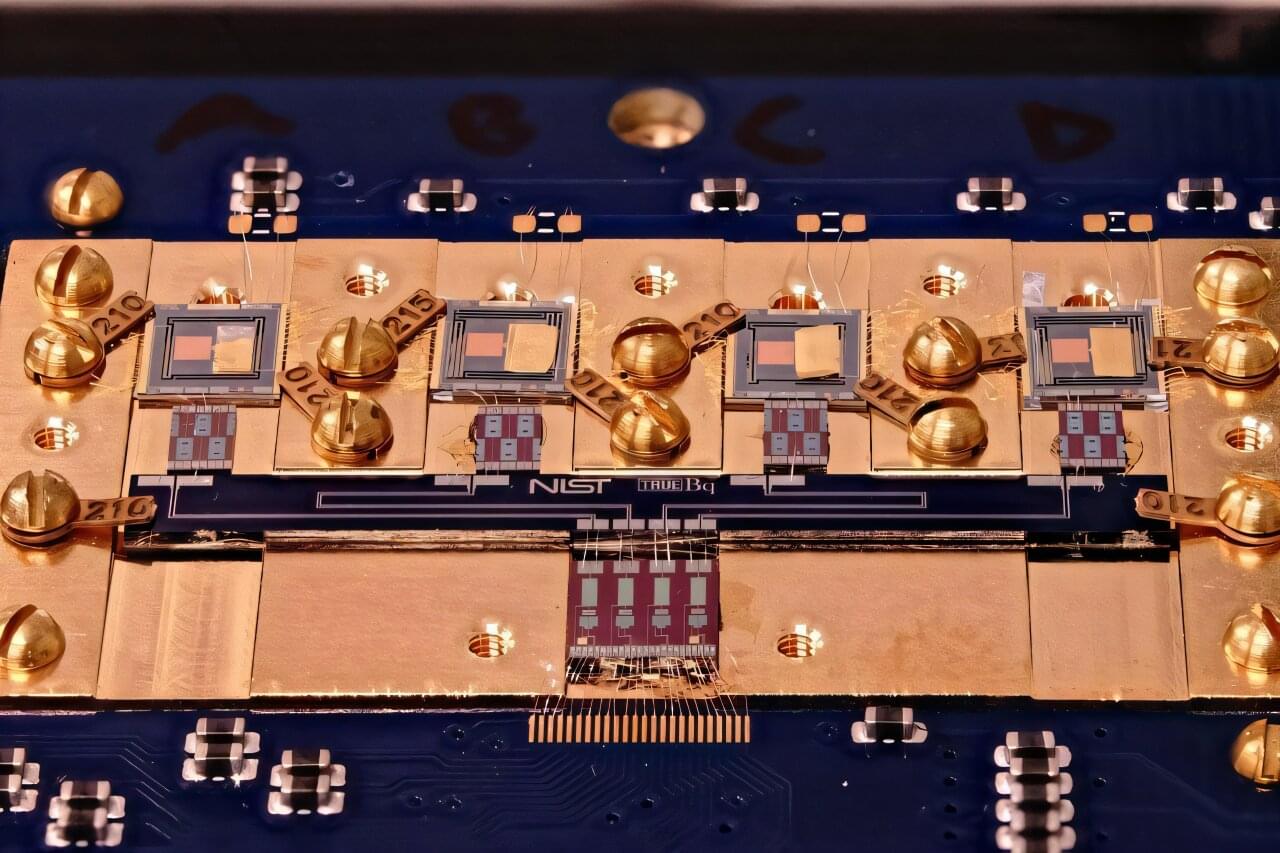Researchers at the National Institute of Standards and Technology (NIST) have demonstrated a new and faster method for detecting and measuring the radioactivity of minuscule amounts of radioactive material. The innovative technique, known as cryogenic decay energy spectrometry (DES), could have far-reaching impacts, from improving cancer treatments to ensuring the safety of nuclear waste cleanup.
The NIST team has published its results in Metrologia.
The key to this novel technique is a transition-edge sensor (TES), a high-tech device widely used to measure radiation signatures. TES provides a revolutionary capability to record individual radioactive decay events, in which an unstable atom releases one or more particles. By building up data from many individual decays, researchers can then identify which unstable atoms, known as radionuclides, produce the events.
